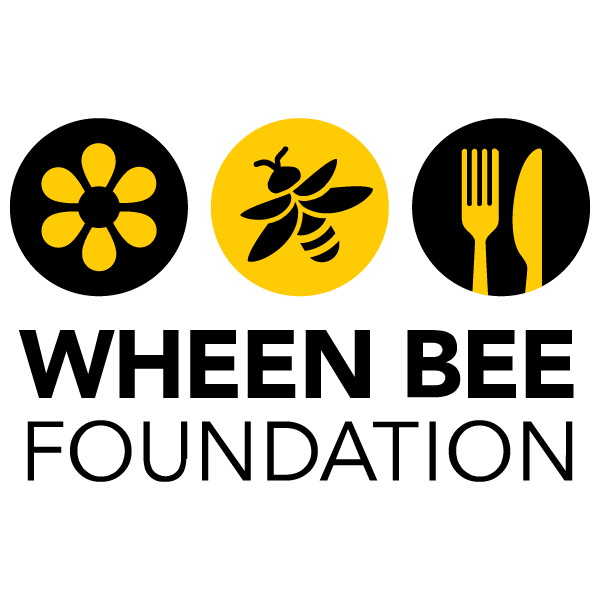Australian
native bees
Important wildflower pollinators
Australia has more than 2,000 species of native bees ranging from the spectacularly large 24 mm yellow and black carpenter bees down to the tiny 2 mm Quasihesma bees. With their wide array of shapes, sizes and behaviours, Australian native bees are important pollinators of our magnificent wildflowers and native plants.
Beyond their importance to Australia’s environment, native bees also have a significant value for Australian agriculture. Australia currently depends almost entirely upon the introduced honey bees, Apis mellifera, for crop pollination. However, native bee species could also make a valuable contribution in this area.
Overseas, native bees are used together with honey bees for crop pollination. Native bee species such as leafcutter bees, mason bees and alkali bees have been developed as efficient pollinators of crops such as lucerne and apples. In Australia, the blue banded bees and the stingless bees show potential as specialist pollinators.
Very few of Australia’s 2,000 native bee species have been investigated so far for their potential contribution to Australian agriculture. More research into the use of Australian native bees in agriculture is urgently needed.
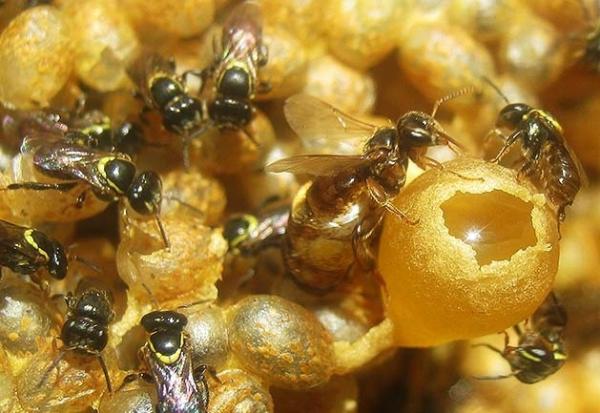
Funding native bee conservation
In 2019 The Wheen Bee Foundation launched a dedicated fund for native bees, named the Rita Fund. This fund supports the Green Carpenter Bee conservation program and Taxonomy Australia’s DiscoverBees Program.
Rita Fund recognizes the important role Australian native bees play in conserving biodiversity and ecosystem health and is named in honour of our mascot ‘Rita’ the Australian Reed Bee. The Fund is managed as part of The Wheen Bee Foundation Research Fund, a registered Deductible Gift Recipient with all donations of $2 or more being tax deductible. All contributions made to the The Rita Fund are specifically directed to supporting Australian native bees.
The Wheen Bee Foundation has also supported the work of Dr Anne Dollin by providing the use of laboratory equipment for her research into the taxonomy of Australian native bees.
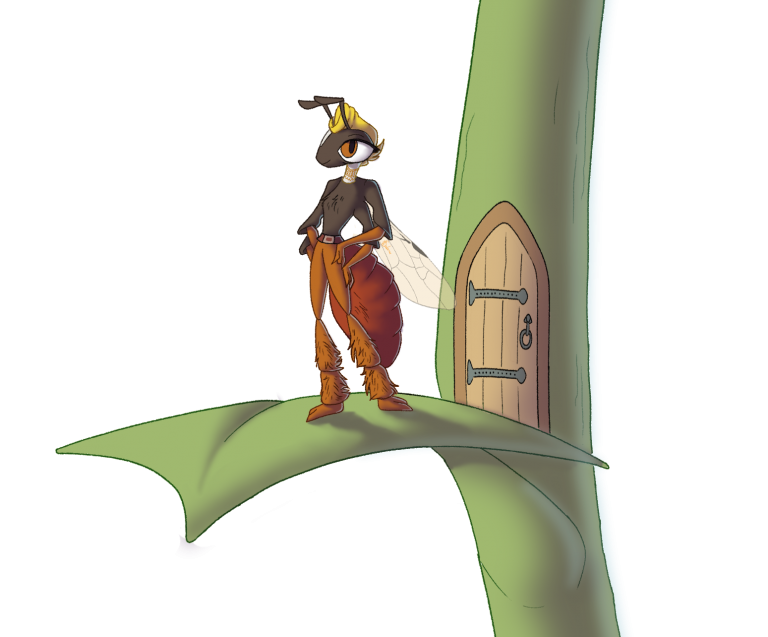
Australian blue banded bees
The blue banded bee (Amegilla) is capable of a special type of pollination behaviour called ‘buzz pollination’. In some plants, the pollen is trapped inside tiny capsules in the centre of the flower. The blue banded bee can curl her body around the flower and rapidly vibrate her flight muscles, causing the pollen to shoot out of the capsules. As she collects some pollen for her nest, she transfers some of the pollen to other flowers, successfully pollinating the flowers.
Only certain types of bees can perform buzz pollination. In Australia these include the blue banded bees and the carpenter bees. The introduced Apis mellifera (honey bees) are not able to buzz pollinate flowers.
In many overseas countries, bumble bees are used to buzz pollinate these crops. However, Australia does not have any native species of bumble bees and applications to import European bumble bees to Australia have been refused due to the significant harm these bees would cause to the Australian environment if they became feral. So research has been conducted at the University of Adelaide on the use of Australian native blue banded bees to buzz pollinate our crops.
A range of technical problems still need to be solved to allow timely and large scale production of these native bees to meet the massive needs of our greenhouse crop producers. However, the potential benefits would be huge if we could safely use one of our own native bee species to do this work.
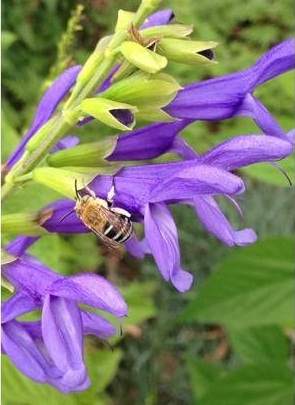
Australian stingless bees
Our native social stingless bees (Tetragonula) are already being successfully used for pollination of crops such as macadamias, mangoes, watermelons and lychees in Queensland. Our native stingless bees are particularly efficient pollinators of macadamias.
Native stingless bees prefer to forage much closer to their hives than honey bees. This can be an advantage in a field crop where the native stingless bees will work the crop flowers close to their hive, rather than flying further afield in search of other types of flowers. This behaviour is also a great advantage for the pollination of crops inside greenhouses. Our native stingless bees adapt rapidly and well to the confinement of a greenhouse and have been trialled at the University of Western Sydney in the pollination of a range of greenhouse crops.
Australia’s native stingless bees also produce a unique type of tangy honey called ‘sugarbag’. Each hive can only produce up to one kilogram of honey per year, so they will never rival the far more productive A. mellifera honey bees for general honey production. However, like some honey from the honey bee, sugarbag honey has been shown to have substantial germ-killing properties. Sugarbag honey could be developed as a special niche honey product for Australia, not only for its delicious flavours but also for its medicinal properties.
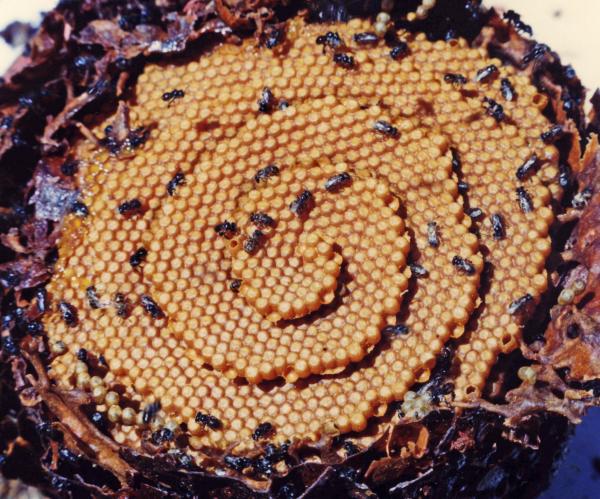
You can help — donate now to help protect bees.
